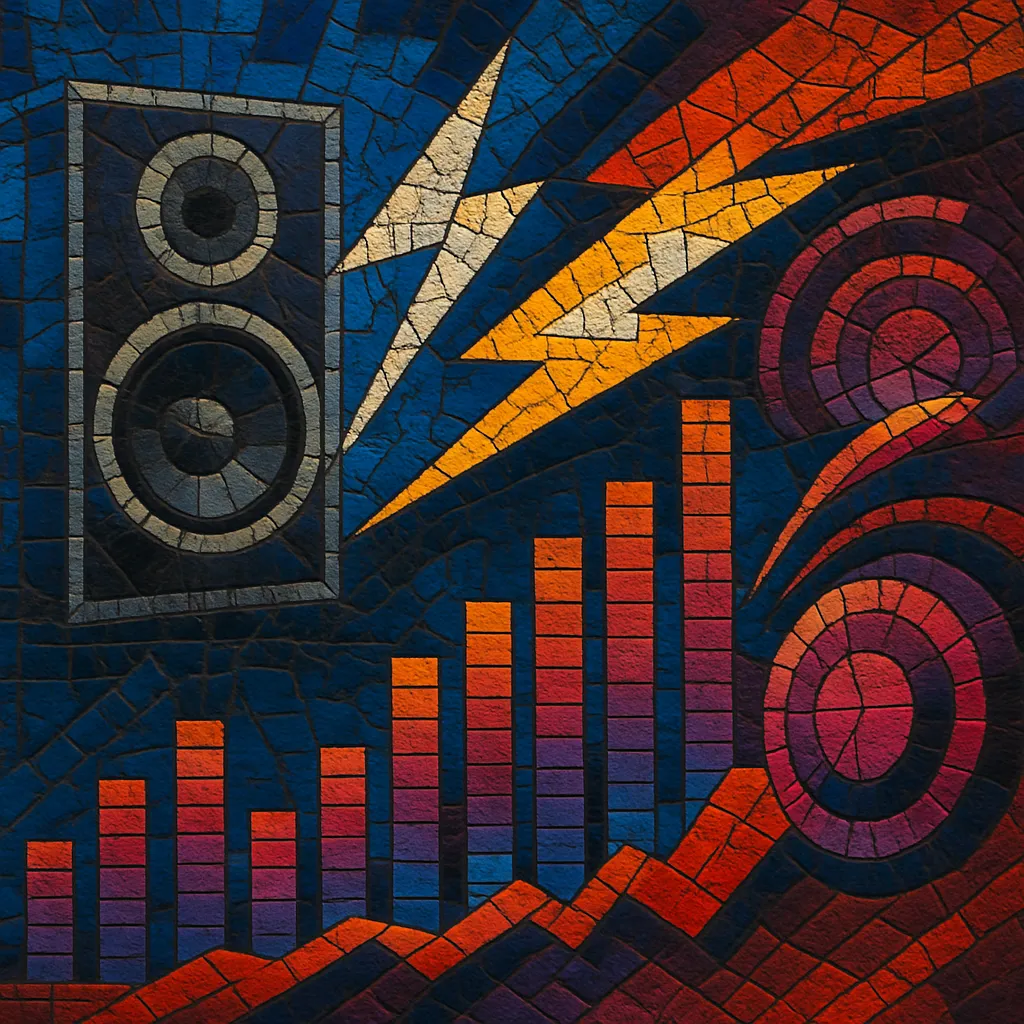Hypertechno is a high-octane, internet-native offshoot of the broader hard/peak-time techno wave that crystallized in the early 2020s. It pushes festival-ready techno aesthetics toward maximalism: faster tempos, oversized drops, and deliberately saturated, “in-your-face” sound design.
The style typically runs at 140–155 BPM, pairing a 4/4, heavily clipped kick with a rumbling, sidechained bass, short trance-like lead hooks, rave stabs, and siren/riser FX. It borrows the reverse-bass feel and dramatic builds from hardstyle, the straightforward drop logic of big-room/mainstage formats, and the hypnotic drive of modern peak-time techno. Its presence surged across TikTok/short-form video and European club circuits, where punchy edits and pop refixes helped standardize its bold, high-contrast formula.
Sonically, hypertechno prioritizes immediate impact over subtle development: big breakdowns, loud builds, and cathartic, percussive drops designed to move large rooms and viral clips alike.
Hypertechno emerges as tempos in festival techno trend upward and hard/peak-time aesthetics dominate large rooms. Producers begin merging the punchy, overdriven low-end of modern hard techno with the reverse-bass swing and dramatic risers of hardstyle. Simultaneously, big-room drop logic and simple, chantable hooks re-enter techno spaces via viral edits and DJ tools.
Short-form video platforms (especially TikTok/Reels) amplify compact, high-impact drops and sped‑up edits. Viral snippets normalize 140–155 BPM “maximal” techno with trancey leads, clipped kicks, and sirens—an identifiable palette fans and creators start calling “hypertechno.” Playlists and promoter branding cement the name across Italy and wider Europe as the sound spreads from festival mainstages to gym playlists and car systems.
By 2022–2024, hypertechno headlines high-energy club nights and early-evening festival slots. DJs fold it into hard techno and hardstyle sets, while pop and Eurodance refixes help the sound cross into mainstream streaming. The aesthetic stabilizes: short melodic motifs, compressed and sidechained low-end, and highly structured builds/drops engineered for instant crowd response.
Hypertechno now functions as a high-BPM, high-impact bridge between hard techno and hard dance. It continues to absorb trance, Eurodance, and industrial flavors while remaining platform-friendly and DJ-practical. Expect tighter sound design, more vocal-led anthems, and further crossovers with hardstyle and peak-time techno as the term matures.


